
Palm trees are both beautiful and functional as they can provide you with lots of shade without branches or roots taking up too much space. They are easy to maintain and can add so much character to your front or backyard. With that being said, there are thousands of species of palm trees, so which ones provide the best shade? We have done the research and narrowed it down to a list of 11.
These are the best palm trees that provide shade:
- Coconut Palm
- Red Sealing Wax Palm
- Buccaneer Palm
- European Fan Palm
- Lady Palm
- Piru Queen Palm
- Pindo Palm
- Mexican Blue Fan Palm
- Mediterranean Fan Palm
- Sago Palm
- Pygmy Date Palm
Keep reading below as we break down what makes each palm tree special and talk about planting, soil, and more.
1. Coconut Palm
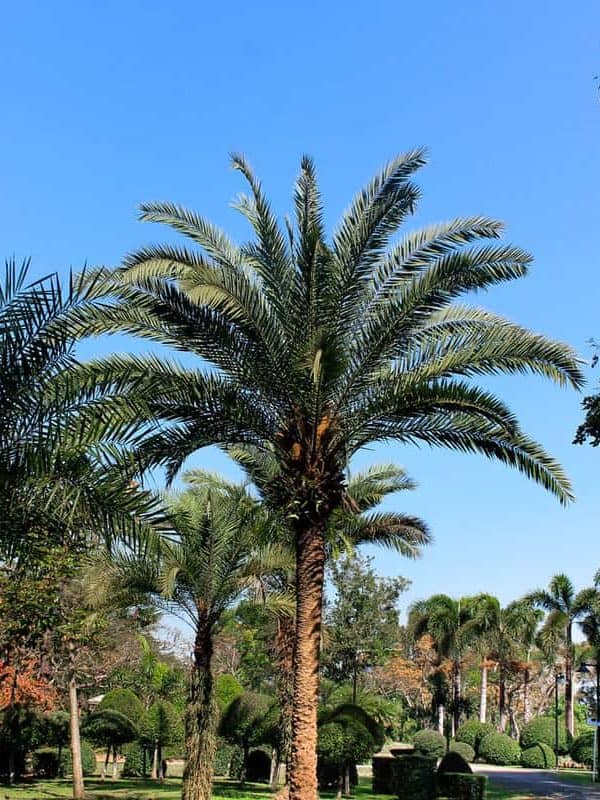
Coconut palms (Cocos nucifera) are one of the most popular types of palm trees. They are referenced a countless number of times in pop culture, and they provide you with shade as well as delicious coconuts.
The process of growing a coconut tree is a little different than most plants. First, you must take a fresh coconut with the husk on it and leave it in water for 48 hours. Then, place it in a container upside down with the top third out of the dirt. Fill in fertilized soil and water it very frequently.
These plants do best in very warm climates, so you should plant these when it is above 70 outside in zone 10 or warmer.
2. Red Sealing Wax Palm
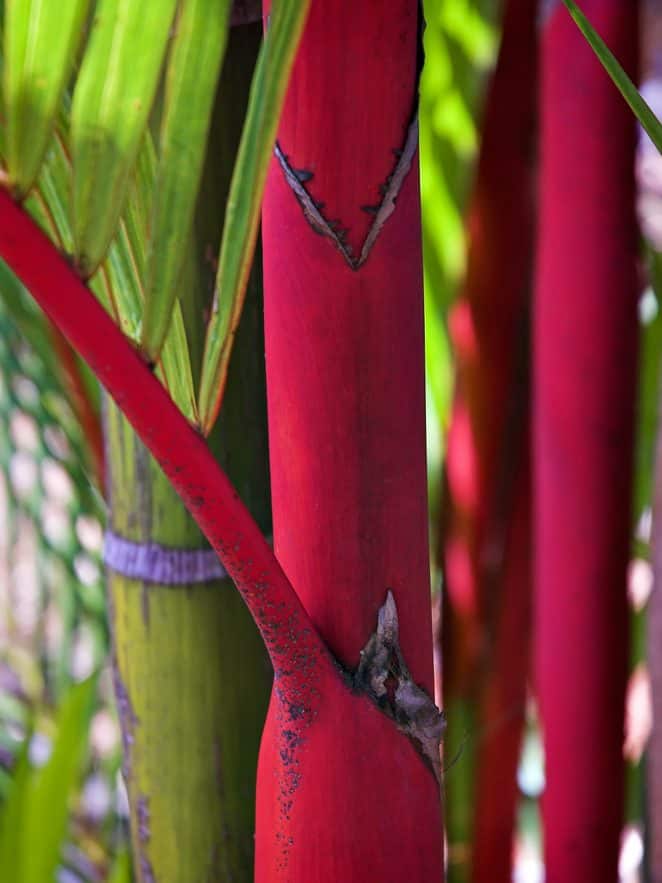
The Red Sealing Wax palm (Cyrtostachys renda) is one of the more unique palm trees. Its red trunk allows it to stick out among the rest and adds a little color to your yard. Like the Coconut Palm, the Red Sealing Wax requires a lot of water when planting and growing it; they do not like to be dry. These plants need lots of heat and humidity, so make sure you live in zone 10 or warmer as well.
3. Buccaneer Palm
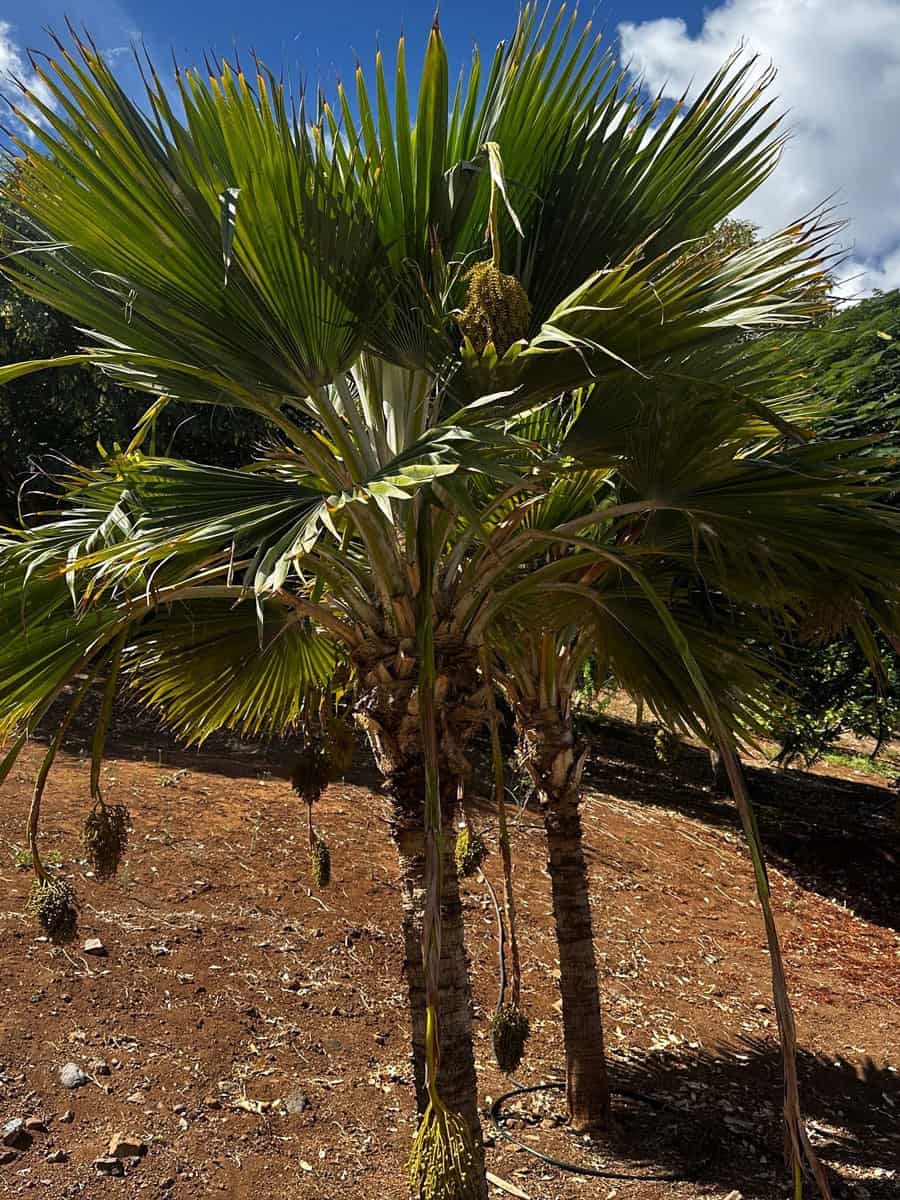
The Buccaneer palm (Pseudophoenix sargentii) is perfect for shade because of its many palm branches compared to other trees. Its blue-green leaves add variety to your yard and break up the green pattern found in most gardens. These palms require the same care as other palm trees to grow, except you can expect for these trees to grow at a much slower rate. Grow them in zone 10 or warmer.
4. European Fan Palm

European Fan palms (Chamaerops humilis) are short palm trees with distinctive leaves. These leaves differ from most palm trees because of their smaller palm leaves that resemble a garden rake. Do not let this fool you. Because they are so small, there are a lot of leaves, so they provide a lot of shade. When planting them, be sure to water them a lot like other palms and plant them in at least zone 10 for the best results.
5. Lady Palm
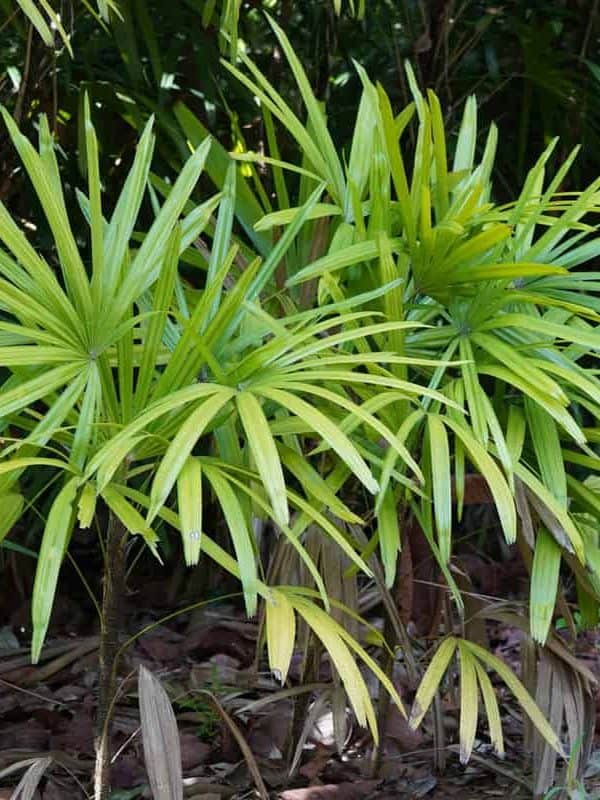
The Lady palm (Rhapis excelsa) is originally from Asia. It shares characteristics with a bamboo plant with its skinny, straight trunk and similarly shaped leaves. These plants have large numbers of leaves and provide great amounts of shade. Planting them is similar to other palms but with the exception of them liking partial sunshine and thriving in warmer temperatures. It is best to plant them in zones 9 or 10. They can grow to be 10-15 feet.
6. Piru Queen Palm
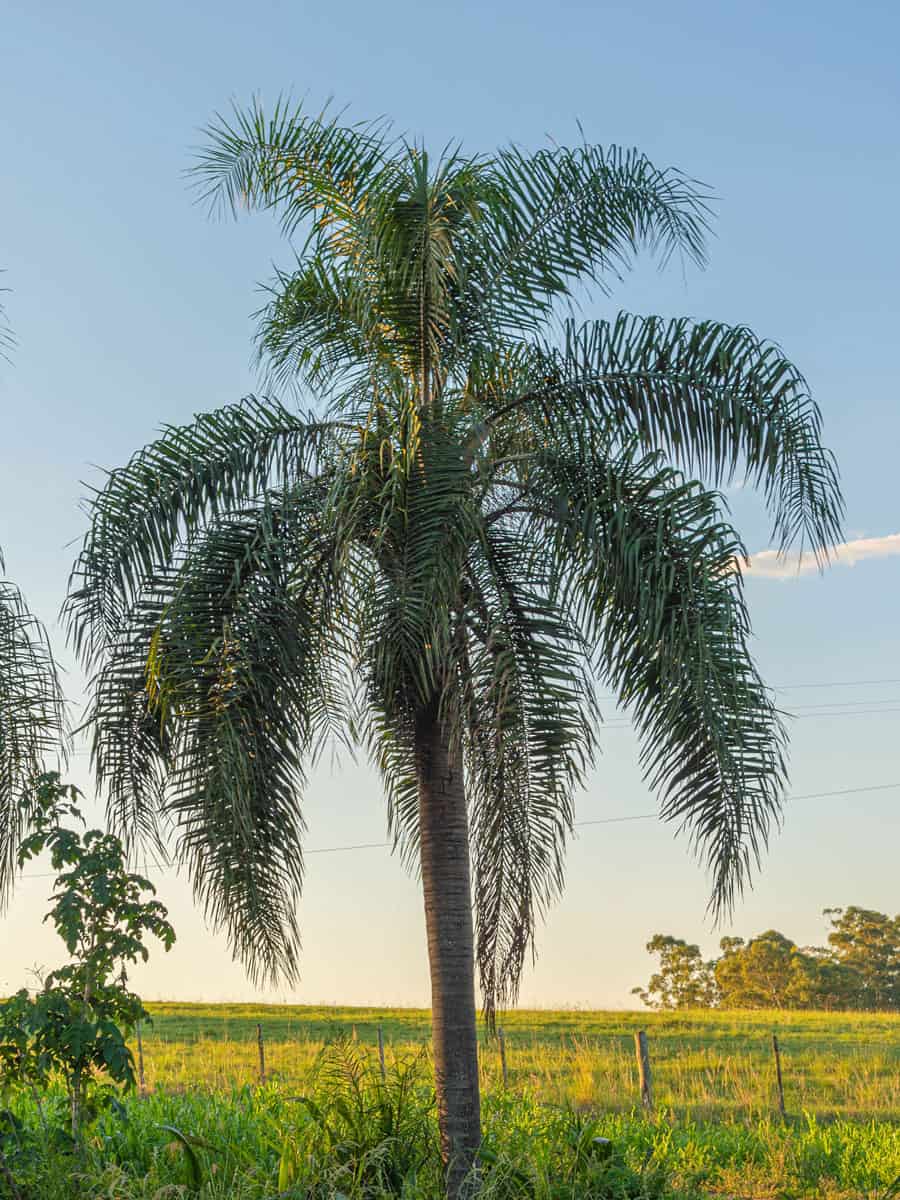
Piru Queens (Syagrus romanzoffiana) are some of the biggest palm trees in the world. They can grow to be up to 35 feet tall with palm leaves that are 6 feet and longer, making them ideal for shade on hot summer days. They also love the heat, which makes them ideal for warmer climates in zones 10 and beyond. Planting them works the same as other palms, but make sure you are watering them more since they are bigger.
7. Pindo Palm
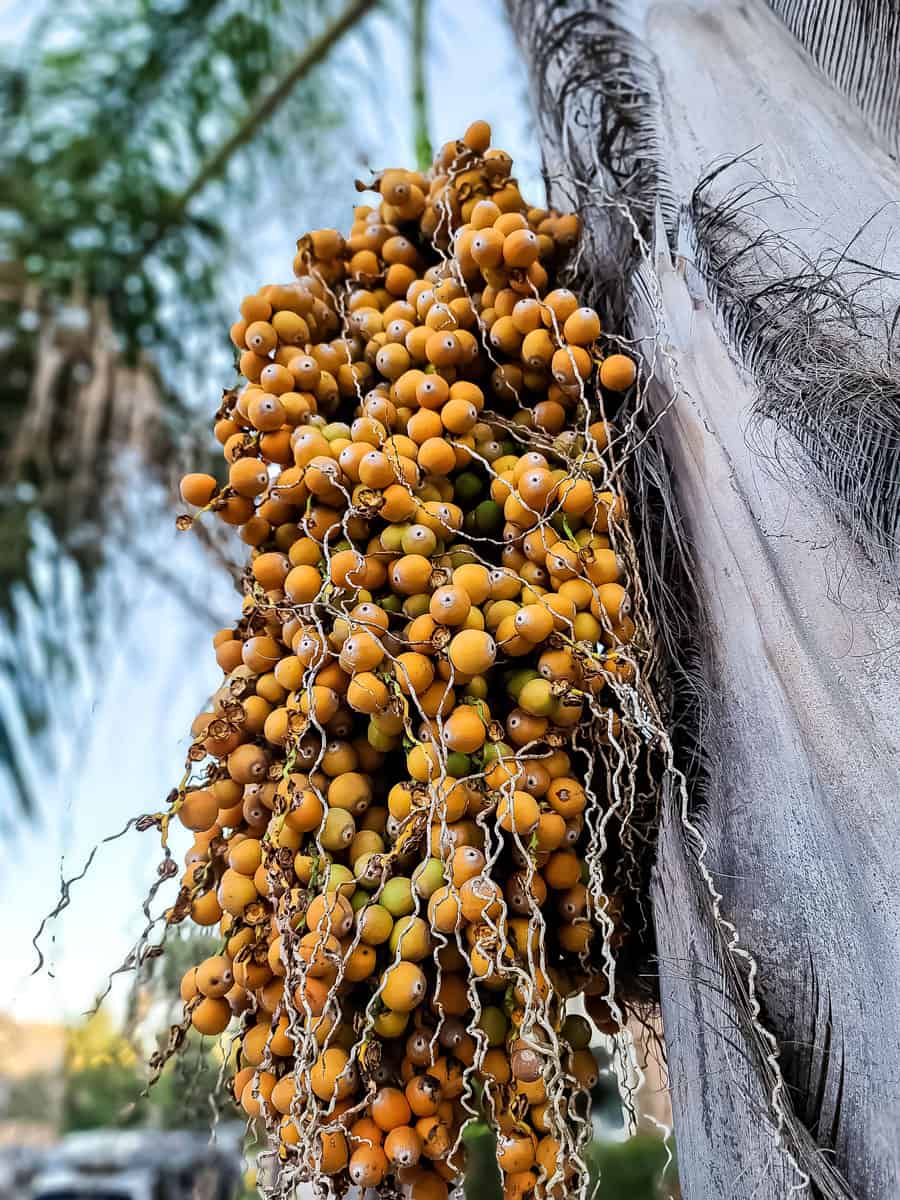
The Pindo palm (Butia capitata) is a short and stockier palm tree, with the palm leaves making up most of its height. Another reason they are special is their ability to weather the cold. They can even be found in the Carolinas. For this reason, you can plant them in zones 7-11 but care for them the same you would other palms.
8. Mexican Blue Fan Palm
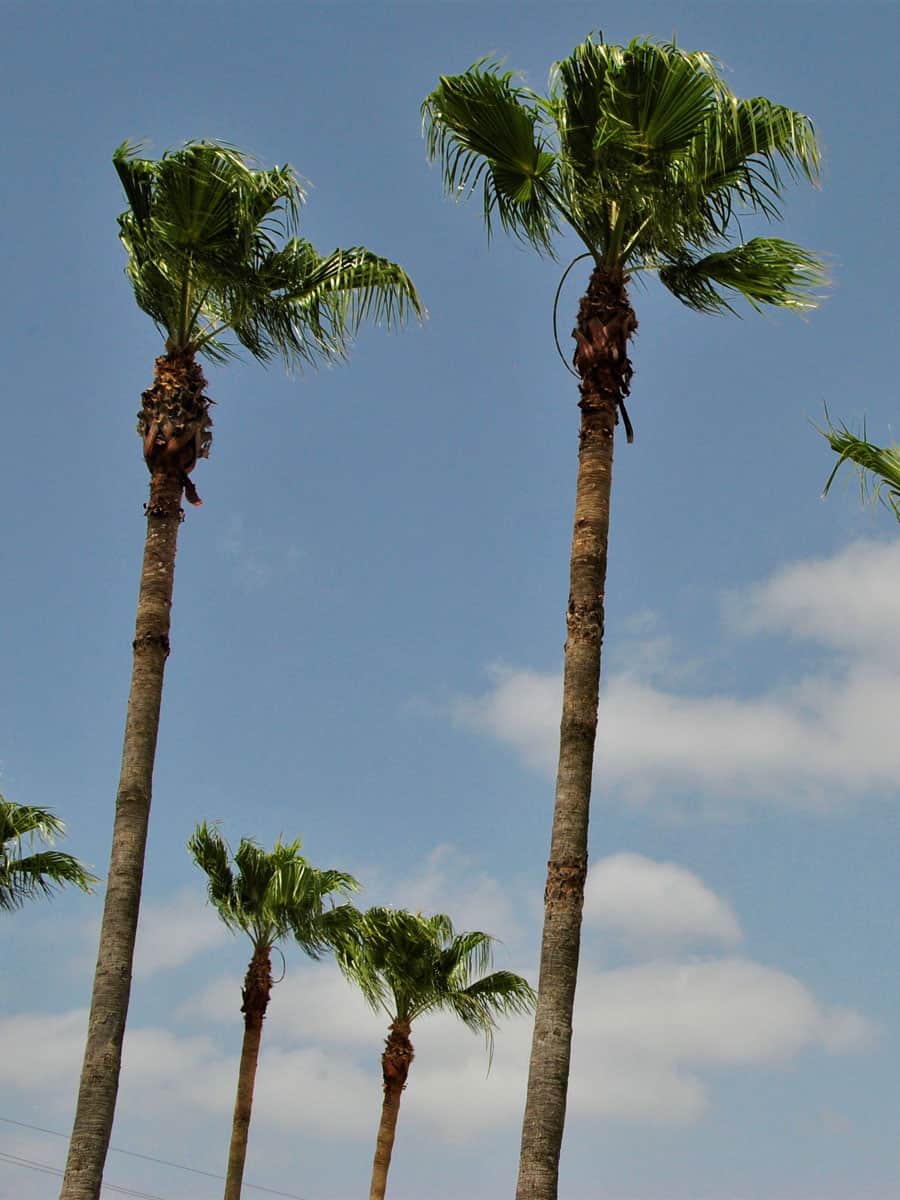
Mexican Blue Fans (Brahea armata) are tall palms that can grow to be 40 feet high or more, while also having extremely large palm leaves perfect for the shade. Even though they grow slowly, they can be planted in zones 10 or warmer and treated like other palm trees. With hints of silver and blue, these plants are sure to catch anyone's eye.
9. Mediterranean Fan Palm
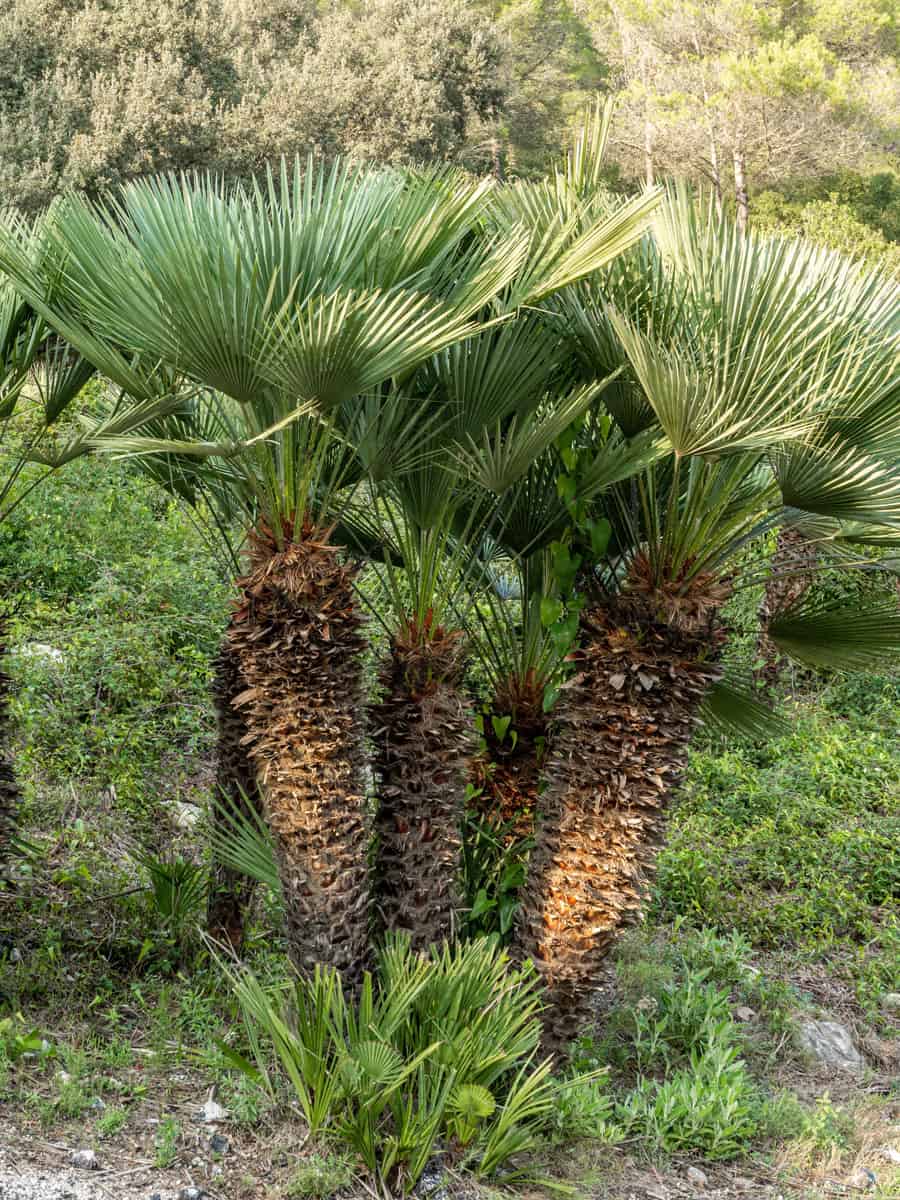
Mediterranean Fan palms (Chamaerops humilis) can withstand some of the coldest temperatures out of any of the palms. If you live in a location with colder weather but would like some tropical vibes, this is the palm tree for you. They often grow with multiple trunks and have smaller palm leaves than most. You can plant these palms in zones 4 and up.
10. Sago Palm
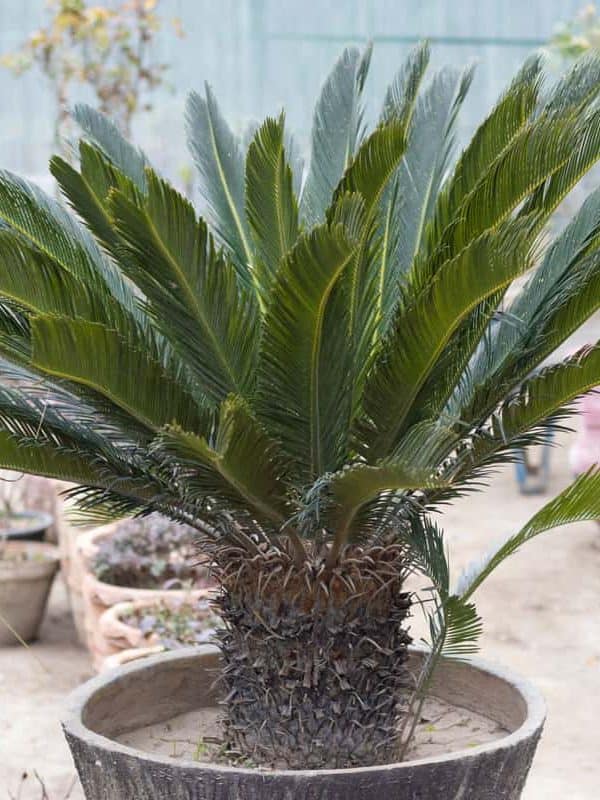
Sago palms (Cycas revoluta) are short palms with very long, thin leaves. Even though they are shorter and wider than most palm trees, they can grow to be 15 feet tall. These stocky Sagos grow at an incredibly slow rate, and will not reach its full height for 50 years. Watering every 2 weeks is about all you need to do once the Sago plant has started to grow. Sago palms are like most other palm trees in that they thrive in zone 10 (and even 9).
11. Pygmy Date Palm

Pygmy Date palms (Phoenix roebelenii) is another palm tree often seen in clusters. They are relatively small and grow only to somewhere between 6 and 12 feet. Pygmy Dates love warmer climates, so they are healthiest in zones 10 and 11. They also require minimal work, like most palm trees, so all you really need to do is water them occasionally. Their plethora of long leaves provides ample shade next to your pool or in your yard.
In Closing
All in all, palm trees are the perfect shade plant. If you want to plant some for yourself, make sure you plant them in fertile soil with plenty of sand. This will ensure your palm tree grows as fast and as large as possible. By picking one of these palm trees, they are sure to turn your backyard into a private oasis!
Interested in learning more about palm trees? Check out these articles below -

I am looking to plant t a tree that has wide leaves & will grow tall as a tree. Any suggestions? I want it to be like a shade tree for my backyard.
Thank You,
Rita Rodriguez